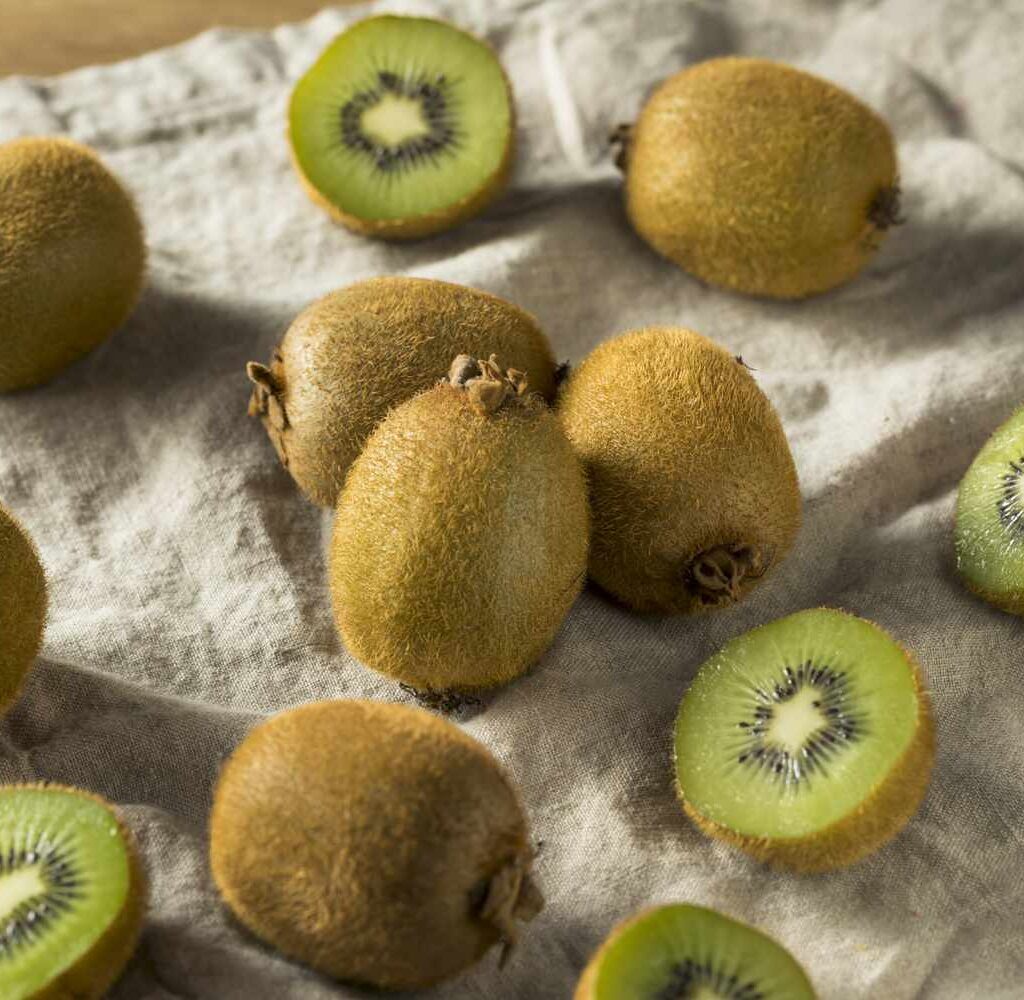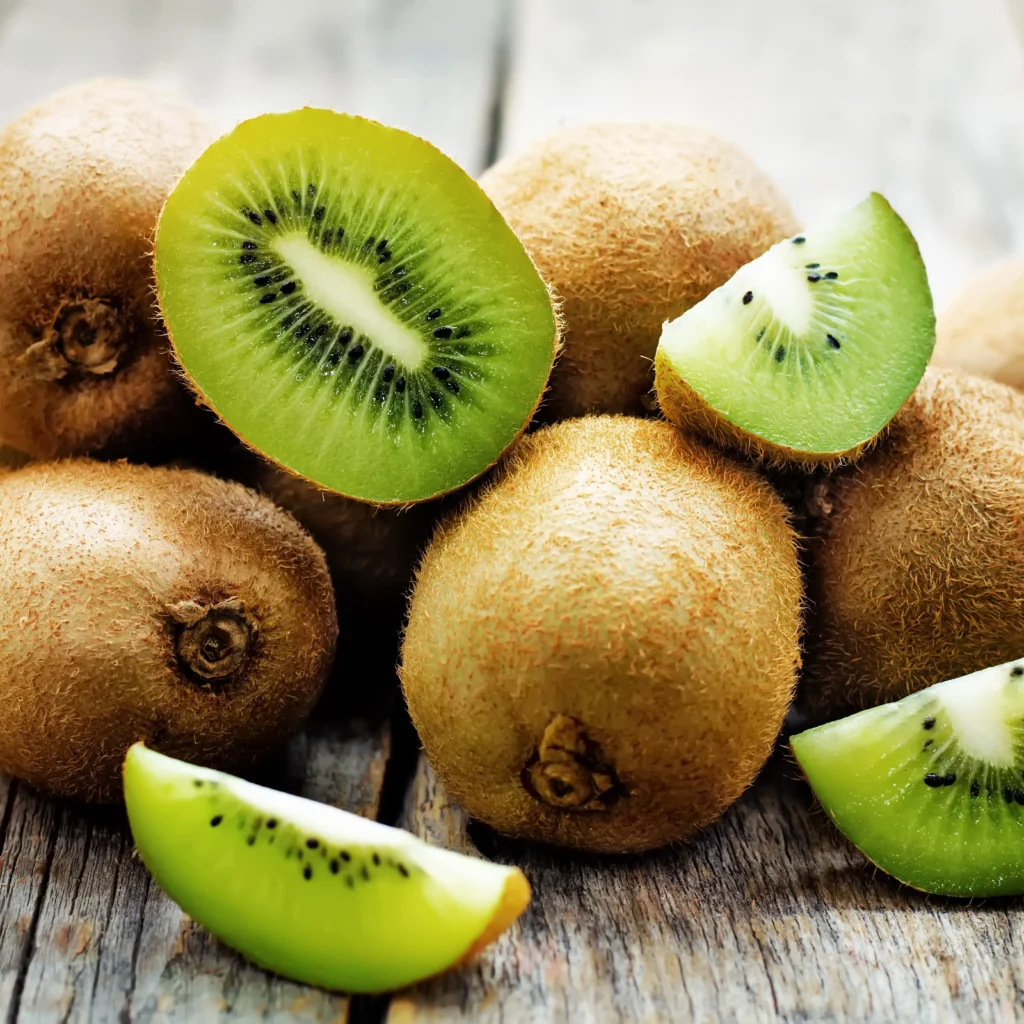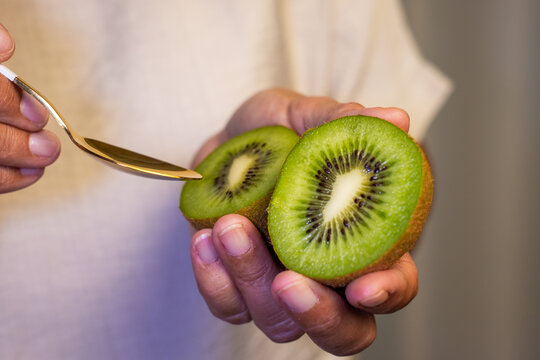Kiwifruit, commonly known as “kiwi,” has transformed from a regional novelty to a global favorite due to its vibrant flavor, rich vitamin C content, and unique nutritional profile. Over the past few decades, kiwi production and trade have surged, with several countries emerging as top exporters. This article explores the countries that dominate the global kiwi export market, examines the trends driving this growth, and analyzes the economic and agricultural factors behind their leadership.
The Rise of Kiwi in Global Markets

Originating from China, where it was known as the “Chinese gooseberry,” kiwi has gained immense popularity around the world. Its commercial cultivation first flourished in New Zealand in the early 20th century. Today, kiwifruit is grown in many countries with temperate climates, including Italy, Iran, Greece, and Chile. But while many countries grow kiwi, only a few are major exporters.
Global Kiwi Export Market Overview
As per data from the Food and Agriculture Organization (FAO) and ITC Trade Map (2024 update), the global kiwi export market is valued at over $3.1 billion USD annually. The top 5 kiwi-exporting countries contribute to more than 85% of the global supply.
Top Kiwi Exporting Countries in the World

1. New Zealand – The Kiwi King of the World
- Annual Export Volume: Over 600,000 metric tons
- Export Value: Approx. $1.9 billion USD
- Key Markets: China, Japan, EU, USA
- Main Varieties: Green Hayward, SunGold (golden kiwi)
New Zealand remains the undisputed global leader in kiwi exports, thanks largely to Zespri International Ltd., the country’s main kiwi marketing body. Zespri’s well-structured supply chain, branding, and marketing strategies have helped New Zealand dominate high-value markets. The country’s advanced horticultural techniques, strict quality standards, and favorable climate conditions allow it to consistently deliver premium-grade fruit.
2. Italy – Europe’s Kiwi Powerhouse
- Annual Export Volume: Over 300,000 metric tons
- Export Value: Approx. $470 million USD
- Key Markets: Germany, France, Spain, Russia
- Main Varieties: Green Hayward, yellow kiwi varieties
Italy is the largest producer of kiwi in Europe and the second-largest exporter globally. The country’s key growing regions include Lazio, Piedmont, and Emilia-Romagna. Italian kiwi has strong demand in the European Union due to its freshness, low transportation costs, and EU trade advantages. Italy also benefits from seasonal gaps, supplying kiwi during months when southern hemisphere production is unavailable.
3. Greece – Rising European Competitor

- Annual Export Volume: Approx. 250,000 metric tons
- Export Value: Around $360 million USD
- Key Markets: Germany, Spain, Eastern Europe
- Main Varieties: Hayward green kiwi
Greece has emerged as a major kiwi exporter in recent years, overtaking countries like Chile and France in export volume. Favorable weather, EU market access, and growing investments in modern farming technologies have boosted its output. Kiwi is now one of Greece’s most important fruit exports.
4. Chile – South America’s Kiwi Leader
- Annual Export Volume: Approx. 150,000–180,000 metric tons
- Export Value: Around $220 million USD
- Key Markets: USA, Mexico, China, Brazil
- Main Varieties: Hayward
Chile benefits from a long growing season and counter-seasonal production (opposite to northern hemisphere harvests). This allows it to supply fresh kiwi during the global off-season, especially to North America and Asia. Chile’s strong agricultural infrastructure and free trade agreements make it a key player in kiwi exports.
5. Iran – High Production, Moderate Export

- Annual Export Volume: Approx. 100,000 metric tons
- Export Value: Over $100 million USD
- Key Markets: India, Russia, Middle East
Iran is one of the top kiwi producers globally, particularly in Mazandaran and Gilan provinces. Although much of its produce is consumed domestically, kiwi exports have increased, especially to neighboring markets with fewer quality restrictions. Sanctions and trade limitations have somewhat slowed Iran’s growth in major international markets.
6. France
- Annual Export Volume: Approx. 60,000–70,000 metric tons
- Export Value: Over $80 million USD
- Key Markets: Belgium, Germany, Switzerland
France’s kiwi exports are steady, with most of the fruit being consumed within Europe. The country’s reputation for high-quality produce and strict safety standards helps maintain its position in niche high-value markets.
Export Trends and Developments

Growth in Gold Kiwi Varieties
One of the key shifts in kiwi export trends is the rising demand for yellow or gold-fleshed kiwis, particularly the SunGold variety developed by Zespri. These have a sweeter taste and longer shelf life, which appeals to Asian consumers. Countries like New Zealand and Italy are expanding production to meet this growing segment.
Expansion into Asia
The Asian market, especially China, Japan, South Korea, and India, has seen explosive growth in kiwi imports. This is due to rising incomes, health consciousness, and the fruit’s premium image. China is now one of the largest kiwi importers, and New Zealand dominates this segment thanks to its free trade agreement and branding.
Free Trade Agreements Boost Export
Countries with FTAs—like New Zealand (with China, Japan, South Korea) and Chile (with the US, China, and many Asian countries)—benefit from lower tariffs and smoother export logistics, which gives them a significant edge.
Country Rankings by Kiwi Export Volume (2024)
| Rank | Country | Export Volume (Metric Tons) | Export Value (USD) |
|---|---|---|---|
| 1 | New Zealand | 600,000+ | $1.9 Billion |
| 2 | Italy | 300,000+ | $470 Million |
| 3 | Greece | 250,000+ | $360 Million |
| 4 | Chile | 170,000 | $220 Million |
| 5 | Iran | 100,000 | $100 Million |
| 6 | France | 70,000 | $80 Million |
Challenges in Kiwi Exports
Despite booming exports, countries face challenges such as:
- Climate change affecting fruit yields.
- Trade restrictions or tariffs in certain regions.
- Pest and disease outbreaks, such as PSA (Pseudomonas syringae).
- Logistics bottlenecks and rising shipping costs post-pandemic.
Future Outlook
The global kiwi export market is expected to grow steadily, with demand increasing in Asia, the Middle East, and North America. Countries investing in research, branding, and disease control (like New Zealand and Italy) will likely maintain or strengthen their dominance. Gold kiwi varieties and organic kiwifruit are also expected to play a bigger role in future trade dynamics.
Conclusion
New Zealand leads the world in kiwi exports, both in volume and value, setting the global standard with superior quality, branding, and infrastructure. Italy, Greece, and Chile follow closely, each carving out their place in specific global markets. As global demand continues to rise, especially in Asia and health-conscious urban populations, these countries are well-positioned to expand further. Strategic innovation, sustainability, and trade diplomacy will shape the next era of kiwi export leadership.







Leave A Comment